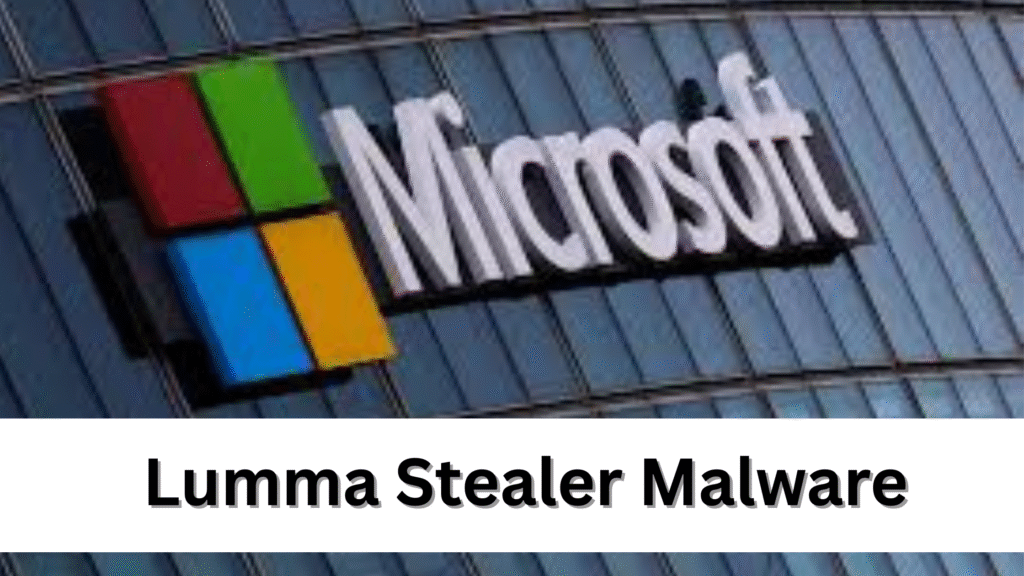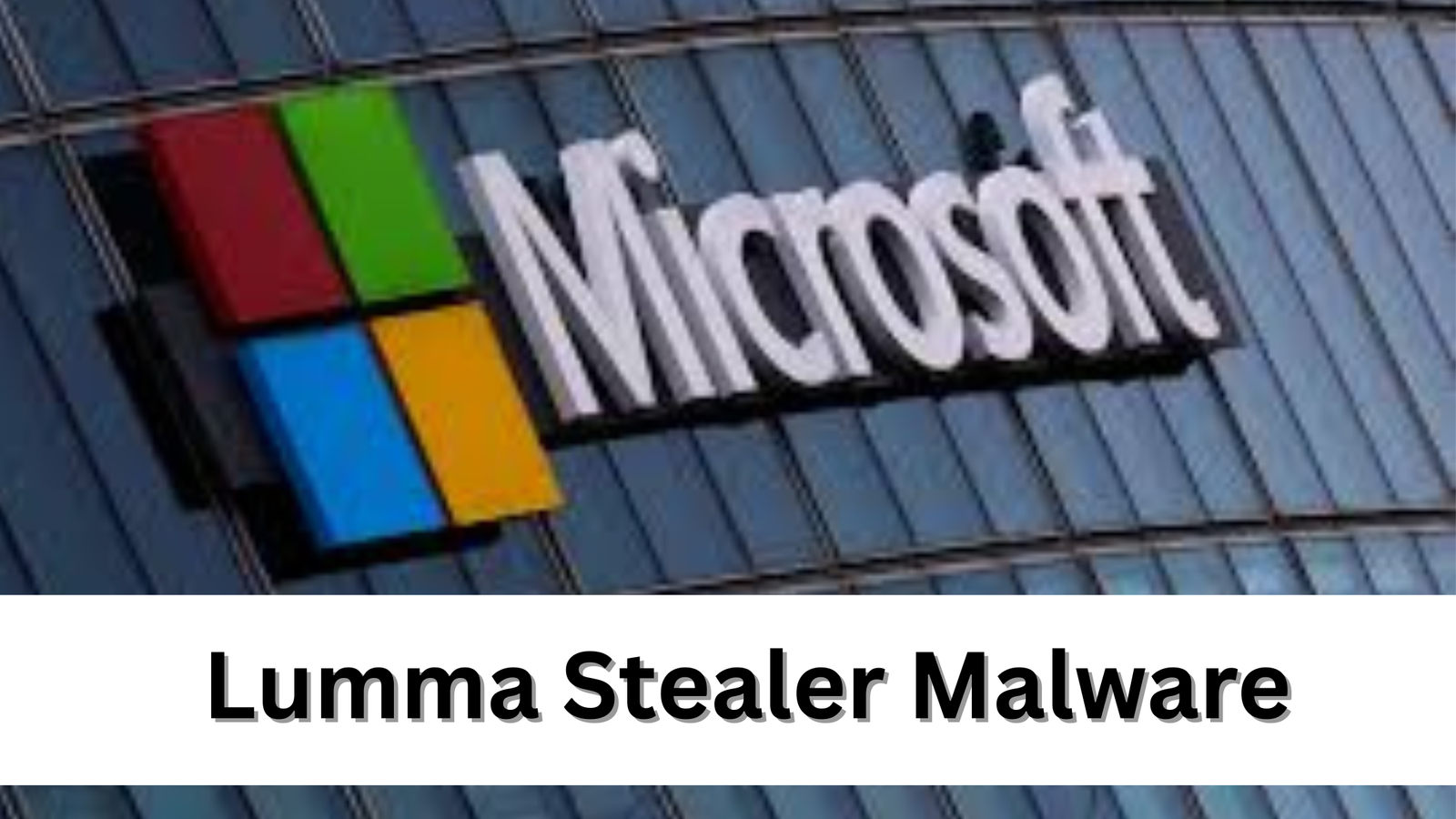Microsoft and international authorities have successfully neutralized the Lumma Stealer Malware network, marking a significant milestone in global cybersecurity enforcement. Lumma Stealer Malware has long been a formidable threat, known for targeting Windows systems and stealing sensitive data such as passwords, banking details, and cryptocurrency information. This coordinated effort demonstrates the increasing importance of collaboration between private companies and law enforcement agencies to dismantle sophisticated cybercrime networks.

The Threat Landscape of Lumma Stealer Malware
Lumma Stealer Malware operated as a malware-as-a-service (MaaS), allowing cybercriminals to deploy the malware easily through a subscription model. Its capabilities included harvesting login credentials, browser cookies, financial data, and other sensitive information from infected systems. By lowering the barrier to entry for cybercriminals, Lumma Stealer Malware expanded its reach and impact, affecting individuals, businesses, and public institutions worldwide.
Microsoft’s Technical Intervention
Microsoft’s Digital Crimes Unit played a key role in identifying and neutralizing the malware’s infrastructure. Through monitoring of suspicious network activity, the team pinpointed over 2,300 malicious domains linked to Lumma Stealer Malware. Legal action enabled the seizure and redirection of these domains to secure servers, effectively cutting off communication between infected devices and malware operators. This disruption significantly reduced the malware’s ability to exfiltrate sensitive data.
Global Law Enforcement Collaboration
The takedown involved coordinated actions by Europol, the FBI, and Japan’s Cybercrime Control Center. Authorities simultaneously dismantled server networks, Telegram channels, and online marketplaces where Lumma Stealer Malware was promoted and sold. This multinational collaboration ensured that the operators could not simply relocate to another country and continue their operations, effectively crippling the malware’s global infrastructure.
Malware Distribution Channels
Lumma Stealer Malware spread primarily through phishing campaigns, infected downloads, compromised websites, and fake software updates. Social engineering tactics were critical to its success, as users were tricked into executing malicious files unknowingly. Once installed, the malware operated silently, collecting sensitive data and sending it to remote servers controlled by the attackers. Its stealthy operations allowed widespread infections before detection.
Economic and Operational Impact
Between March and May 2025, Lumma Stealer Malware compromised nearly 394,000 systems globally. Businesses experienced financial losses, reputational damage, and compliance challenges due to leaked data. Small and medium-sized enterprises were particularly vulnerable, often lacking the cybersecurity resources to respond effectively. Individuals were affected by identity theft, stolen cryptocurrency, and unauthorized access to online accounts. The takedown prevented further financial and operational harm.
Advanced Features of Lumma Stealer Malware
The malware’s persistence was supported by its technical sophistication, including polymorphic code, encrypted communications, and stealth features. It could log keystrokes, capture screenshots, and exfiltrate system configuration details. Its modular design allowed operators to update its capabilities quickly, ensuring continued evasion of antivirus and endpoint security solutions. This adaptability made Lumma Stealer Malware one of the most persistent and versatile infostealer threats in recent years.
Lessons from the Takedown
The dismantling of Lumma Stealer Malware emphasizes the importance of combining legal measures, technical interventions, and international cooperation. Microsoft’s domain seizures complemented law enforcement efforts, highlighting how proactive strategies can effectively neutralize complex cyber threats. Intelligence sharing and real-time monitoring played crucial roles in ensuring the success of this operation.
Preparing for Emerging Malware Threats
Even after the takedown, experts warn that similar threats will continue to appear. Organizations should adopt multi-layered cybersecurity strategies, including endpoint protection, network monitoring, multi-factor authentication, and regular backups. Employee education to recognize phishing attempts and suspicious activity remains essential, as human error is frequently exploited by infostealer malware.
Public Awareness and Cybersecurity
Raising awareness among users is vital to preventing malware infections. Lumma Stealer Malware relied heavily on social engineering, making education on phishing prevention, secure downloads, and email verification critical. Microsoft and law enforcement agencies provide guidance and resources to help organizations and individuals identify and remediate potential infections.
Microsoft’s Continued Commitment
The takedown of Lumma Stealer Malware underscores Microsoft’s ongoing commitment to global cybersecurity. Through monitoring, intelligence sharing, and partnerships with law enforcement, Microsoft ensures proactive measures are in place to detect, disrupt, and prevent sophisticated cybercrime networks. This operation serves as a model for future efforts to safeguard individuals and enterprises in an increasingly digital world.
Read Full Article : https://bizinfopro.com/news/it-news/microsoft-and-global-authorities-dismantle-lumma-stealer-malware-network-2/
About Us : BizInfoPro is a modern business publication designed to inform, inspire, and empower decision-makers, entrepreneurs, and forward-thinking professionals. With a focus on practical insights and in‑depth analysis, it explores the evolving landscape of global business—covering emerging markets, industry innovations, strategic growth opportunities, and actionable content that supports smarter decision‑making.
